5 Rain Chain Ideas That Are So Much Better Looking Than a Boring Old Downspout
Incorporate a rain chain to elevate your backyard's aesthetic, while creating a calming water feature — here's inspiration for how to use them
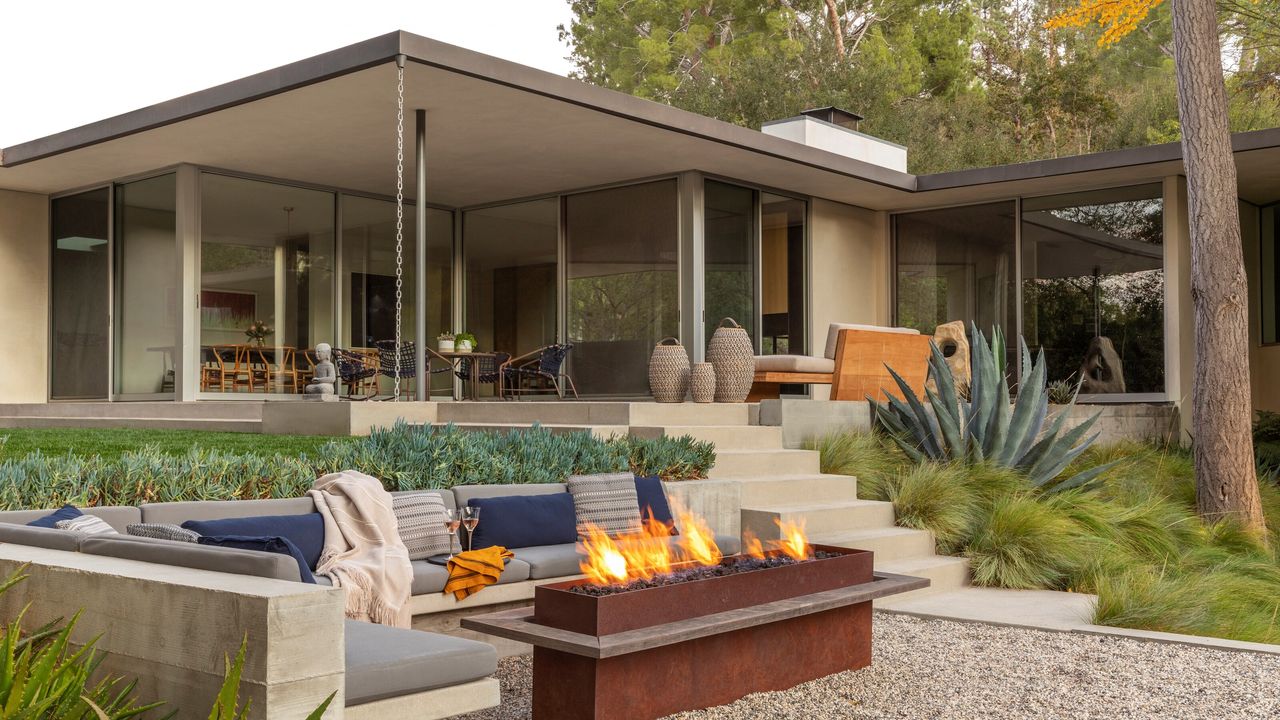

When it comes to adding charm and functionality to outdoor spaces, rain chain ideas are a design feature that perfectly balances aesthetic appeal with utility.. They replace traditional downspouts with a series of cups or links, creating both a visual and auditory experience whenever it rains.
Originally hailing from Japan, where they are known as "kusari doi," rain chains have been used for centuries to guide rainwater from rooftops to the ground or into landscaped beds. Rain chains are more than just a replacement for downspouts — they’re a versatile design tool that can enhance the ambiance of your garden.
If you're considering adding this elegant feature to your garden, you might be wondering how to make the most of it. To help, we’ve consulted interior designers who specialize in outdoor spaces. Here are five creative ways to style your gardenscape with rain chains.
1. Create a Soothing Zen Corner

Rain chains are deeply rooted in Japanese culture, making them a natural fit for Zen-inspired gardens. Designer Elizabeth Hay recommends placing rain chains near a small water feature, such as a koi pond or a stone basin, to amplify their charm. "The gentle sound of water trickling down the chain connects beautifully with the sounds coming off the koi pond," says Elizabeth. "Opt for a design with simple, clean lines, such as a chain made of interlocking rings, to maintain the minimalist aesthetic of a Zen garden."
To enhance the ambiance, consider adding a layer of smooth river stones from Amazon beneath the rain chain to catch the water and create a splash-free surface. You can also incorporate Japanese maples, bamboo, or moss around your garden to elevate the setting of your backyard.

Elizabeth Hay is an International Interior Designer. In 2013 Elizabeth launched her design firm in Singapore. Since then she has opened a second studio in the UK which means she is able to take on projects across the world in any timezone.
2. Elevate Your Entryway

One of the most striking ways to use rain chains to create a calming backyard is to place them near the entrance of your home or garden. "Hang them from the corners of a porch roof or pergola to frame your entryway with a unique and welcoming touch," continues Elizabeth. "When rain cascades down the chain, it creates a display that guests will notice immediately when they arrive."
For a cohesive look, match the material of your rain chain to other elements in your garden, such as copper accents, black wrought iron, or brushed steel. Adding decorative pots around the entryway can complete the setup and serve as a practical way to manage the rainwater runoff. Illuminate the area with soft lighting such as MALORY Brass Landscape Spotlights from Amazon to make the rain chain a stunning feature even on dry evenings.
3. Incorporate Them Into Water-Conserving Designs

Rain chains can play a functional role in eco-friendly gardens by directing rainwater into collection barrels or rain gardens. Marie Flanigan, founder of Marie Flanigan Interiors is an advocate for using rain chains as part of a sustainable landscape design that minimizes water waste.
"Pair your rain chain with a stylish rain barrel, such as one made from repurposed wood or a modern galvanized steel," recommends Marie. "This will create a visually appealing yet practical feature. Alternatively, you can use rain chains to direct water into a rain garden—a shallow depression planted with water-loving plants like irises and ferns."
To take it a step further, connect the rain barrel to a Drip Irrigation Kit from Walmart for your plants, making the most of natural rainfall. This approach not only supports your garden’s ecosystem but also helps prevent soil erosion and stormwater runoff.

Founded by Marie Flanigan, our firm, Marie Flanigan Interiors, is a team of seasoned and talented interior designers celebrated for projects spanning across the United States. With Marie's background as a classically-trained architect, our team brings a unique perspective to each project, seamlessly integrating interiors with structure.
4. Use Rain Chains as Sculptural Accents
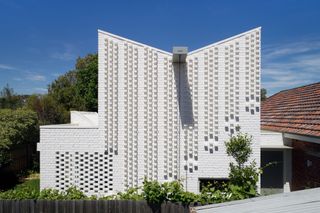
Aside from their practical application, rain chains can double as decorative sculptures in your garden, even when it’s not raining. "Select chains with artistic designs and place them in areas where their beauty can be appreciated year-round," continues Marie. "For instance, a chain of copper cups can develop a beautiful patina over time, adding a rustic charm to your outdoor space."
Consider combining rain chains with other architectural features, such as pergolas, trellises, or garden walls, to create a seamless landscape design. Hang multiple rain chains in a row to create a stylish effect, or use them to guide water into a custom-made fountain for an elegant statement.
For the home project pictured above, architect Sonia Sarangi of Andever used the rain chain in an even bolder way, as part of the home's distinctive architecture. "The clients wanted to reflect the element of water somehow but not in the usual 'water feature-pond' way, so it made sense to take something prosaic like roof drainage and elevate it instead," Sonia say. "The design had already evolved to have a dramatic upper level roof profile to contrast with the old roof but apart from the projecting bricks it felt like it was lacking depth. So that was the location we felt would be best for the rain chain."
5. Combine with Outdoor Art
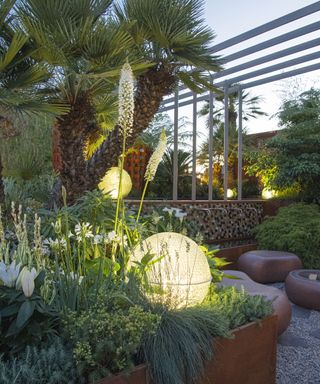
As well as using them as sculptural accents, rain chains can also integrate with other outdoor art installations. Try pairing rain chains with sculptures, mosaic panels, or carved stone features like this Design Toscano 32-in H x 20.5-in W Off-white Garden Statuefrom Lowes to enhance their visual appeal.
You could also incorporate rain chains into cascading plant structures and wall-mounted planters such as this Outsunny 3-Tier Wall Planter from Target that allow water to trickle through multiple levels of greenery.
This combination not only adds a dynamic movement to the plants but also ensures efficient watering in layered gardens. Additionally, consider setting up rain chains with mirrored or reflective surfaces nearby to amplify light and water’s interplay, creating a shimmering visual effect.
FAQs
What Is the Downside to a Rain Chain?
Rain chains, while visually appealing, may not be as efficient as traditional downspouts during heavy rainfall. "Rain chains are designed to guide water in a controlled way, but in intense storms, the sheer volume of rain can overwhelm the chain, causing water to splash outside its intended path," says Marie. "This can lead to issues such as localized flooding or soil erosion near the foundation of your home if not properly managed."
Another potential drawback is the maintenance they require. Rain chains are often exposed to debris such as leaves, twigs, or dirt, which can accumulate over time and obstruct water flow. Cleaning and inspecting them regularly is essential to ensure their functionality.
What Do You Put Under Rain Chains?
The area beneath a rain chain can be styled with functional and decorative elements to manage water flow and enhance aesthetics.
According to Elizabeth, common options include placing a basin, decorative pot, or rain barrel to collect water. Alternatively, you can use a layer of river rocks, gravel, or a splash block as a way to try and prevent erosion and ensure proper drainage.
Rain chains are a simple yet impactful way to elevate the design of your garden. Whether you prefer a minimalist look or a more ornate design, there’s a rain chain to suit your style and functional needs.
With the right placement and creative styling, rain chains can transform your garden into a stunning and sustainable sanctuary.
Be The First To Know
The Livingetc newsletter is your shortcut to the now and the next in home design. Subscribe today to receive a stunning free 200-page book of the best homes from around the world.

Seraphina is a contributing editor at Livingetc, writing Advice features on design, renovation and organisation. Seraphina is a qualified Interior Designer from KLC School of Design having worked at London-based interior design agencies Anouska Hempel and ND Studios. Seraphina has also completed her MA degree in Magazine Journalism at City, University of London, with previous experience including writing for Homes & Gardens, Women's Health, Food & Travel and Fabulous Magazine.
-
 Portable Lamps Are Getting Better and Better, But This Anthro One Might Be My Favorite Yet
Portable Lamps Are Getting Better and Better, But This Anthro One Might Be My Favorite YetWith its distinctive shape, glossy finish, and practical portability, this lamp is bound to enhance your home decor in more ways than one
By Devin Toolen Published
-
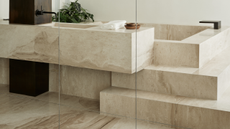 Sorry Freestanding Tubs, but the 'Step-Up' Bath Trend Is the Best Choice to Make for 2025 Remodels
Sorry Freestanding Tubs, but the 'Step-Up' Bath Trend Is the Best Choice to Make for 2025 RemodelsIf you're still lusting after a freestanding bath, it's time to step up your game. These clever bath designs are the ultimate key to a luxurious bathroom
By Maya Glantz Published
-
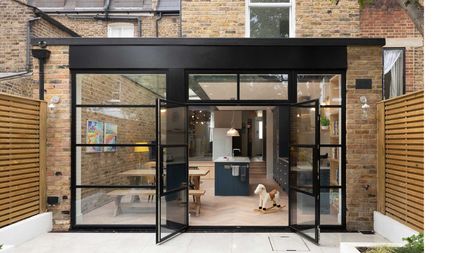 Sorry Bifolds — French Doors Are the Coolest Choice for Your Extension Right Now, and They're Anything but Basic
Sorry Bifolds — French Doors Are the Coolest Choice for Your Extension Right Now, and They're Anything but BasicSliding and bifold doors have their place, but for an effortlessly, timeless look, French doors could be the way forward
By Natasha Brinsmead Published
-
 5 Times It'd Be a Mistake to Put a Hob on Your Kitchen Island — And How to Get It Right
5 Times It'd Be a Mistake to Put a Hob on Your Kitchen Island — And How to Get It RightIsland hobs have become a design favorite, but is it really worth it?
By Maya Glantz Published
-
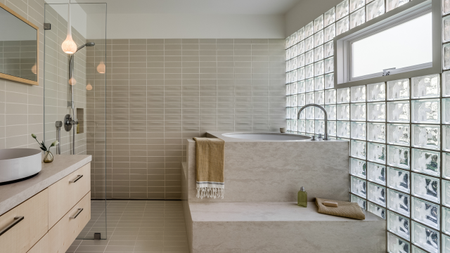 6 Glass Block Bathroom Ideas That Bring Retro-Charm Through This Emerging Design Trend
6 Glass Block Bathroom Ideas That Bring Retro-Charm Through This Emerging Design TrendBring on the 80s flashbacks — this nostalgic idea is here to stay, and we love how they look in the bathroom
By Maya Glantz Published
-
 Yes, Utility Room Flooring Should Be Practical, But That Doesn't Have to Stand in the Way of it Being Beautiful
Yes, Utility Room Flooring Should Be Practical, But That Doesn't Have to Stand in the Way of it Being BeautifulIn a small space like a utility room, flooring can provide a canvas for brilliantly creative designs
By Natasha Brinsmead Published
-
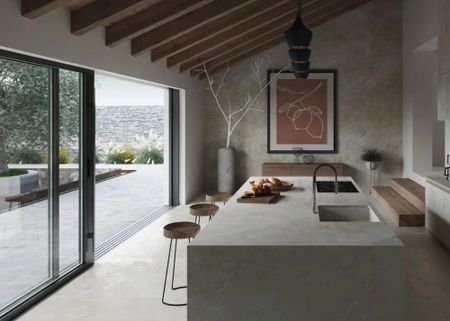 Bifold Doors vs Sliding — Which Is the Best Way to Open Up Your Home?
Bifold Doors vs Sliding — Which Is the Best Way to Open Up Your Home?Letting the light into our homes should be a priority with renovations and extension, but where should you invest and what style works for your home?
By Amy Reeves Published
-
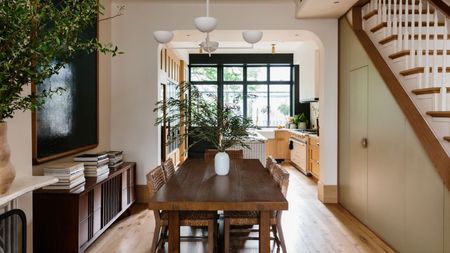 A Bathroom Under the Stairs Is the Game-changing (but Tricky-to-Pull-Off) Small-Space Hack — What You Need to Know
A Bathroom Under the Stairs Is the Game-changing (but Tricky-to-Pull-Off) Small-Space Hack — What You Need to KnowSqueezing in a powder room under your staircase will change the dynamic of your home for the better, but it's not the easiest to pull off
By Maya Glantz Published
-
 Flat Vs Pitched Roof Extensions — What's the Better Option for You and Your Home?
Flat Vs Pitched Roof Extensions — What's the Better Option for You and Your Home?If you're planning a new extension, but not sure how to decide on the roof type, our guide explains the ins and outs of flat and pitched roofs
By Amy Reeves Published
-
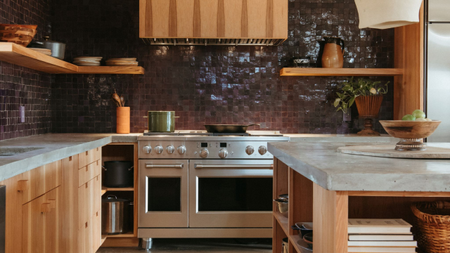 Induction vs Gas Hob — Which Is Best? Warning: This Debate Gets a Little Heated
Induction vs Gas Hob — Which Is Best? Warning: This Debate Gets a Little HeatedNo decision will impact your cooking more than your choice of hob, so we asked our experts for their thoughts
By Maya Glantz Published